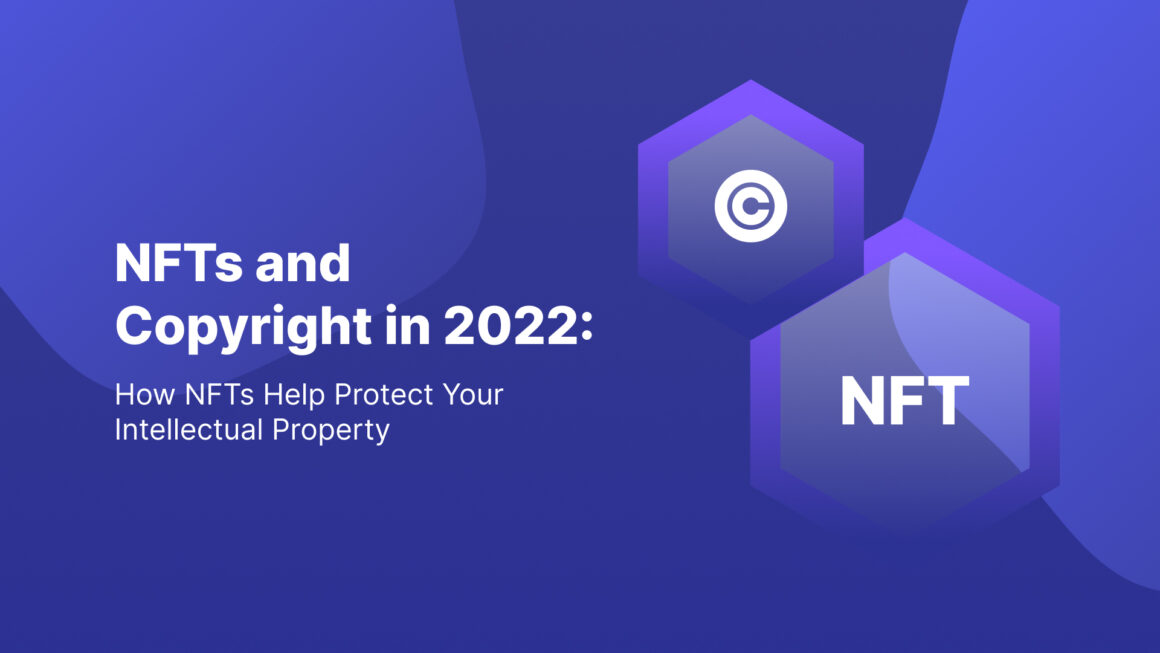A digital painting of Beeple sold at an online auction for $69 million. Other authors of paintings, music, and photographs also have the desire to protect their copyrights and profit from the sale of their works. This can be done using a non-fungible token (NFT).
Still, to protect your intellectual rights, you need to know the specifics of the legal regulation of NFT by local legislation and international legal acts.
Author’s Rights to Intellectual Property
Before considering the features of the legal regulation of NFT, it is also necessary to dwell on the basic rules. We are talking about the copyright of the creators of various works.
The following points must be taken into account:
-
- The authors’ rights arise after the creation of an object of intellectual property. The object is the result of human creativity. A digital painting, photography or music is the form in which the author’s efforts have been embodied.
-
- As soon as the author has created a work, they have an exclusive right to its dispose. There are exceptions when an object is created by an employer’s order, but these details do not matter when talking about NFTs.
-
- For example, an author can completely transfer their right of disposal to another person to sell a photo or music. Also, it is possible to transfer part of the rights. That is, a buyer can use the painting or music as specified in the contract but won’t be able to own it.
-
- If an author’s work is used without their permission, it will be a violation of their rights. In such cases, the law allows you to apply to the court for copyright protection, and the fact of illegal use allows you to demand monetary compensation from the violator.
Read Next: What Does NFT Stand For: Everything You Need to Know 2022
Features of NFT Legal Regulation
Copyright arises automatically after writing a book or creating music or picture. It is not specifically required by law to register. But the creators of tangible objects often have difficulty proving authorship, so there are various companies that confirm the fact of authorship.
NFT makes the procedure of registration and confirmation of rights simpler and more transparent. With it, it is easy to tokenize pictures or photos. To do this, you need to specify a link to the work in its metadata when creating a smart contract. It can be stored in a centralized or decentralized manner.
For example, Beeple’s painting is protected by creating an NFT. When transferring ownership, information about a new owner was added to the token. Information about the original and current owner, as well as all transactions, can be seen on the MakersPlace website.
Still, you need to understand that a token itself has no value. With the help of NFT, a painting valued at such an amount was sold; that is, first, you need an author. They create a work of art and get a copyright, and NFT is just a tool for fixing and transferring it.
What Rights Are Transferred with a Token?
According to the legislation that regulates copyright, it does not depend on the method of fixation and transfer. Thus, after the sale of the painting, Beeple did not cease to be its author and only transferred certain rights to the buyer. The one who purchased it can perform any actions with the work of art that are provided for in a purchase agreement. In this example, we are talking about an agreement with Christie’s, where the auction was held.
Thus, we can draw a simple conclusion. The very fact of transferring a token to a new owner does not mean that any rights have been transferred as well. A contract, which stipulates the procedure for picture disposal or its use in accordance with the license agreement, is obligatory.
Can I Create NFT with Other People’s Pictures?
The procedure for creating an NFT is quite simple and does not require payment. Any Internet user who has an Ethereum wallet can create an NFT. The metadata is:
-
- a link to an existing image that is uploaded to one of the resources;
-
- a link to an image that a user uploaded to the Internet.
In any case, such an action will violate the law and the platform’s rules (OpenSea or its analogues). If the real author of a digital work discovers such a token and is able to prove their authorship, they can apply to the platform’s administration with a request to remove the NFT. Since a blockchain record cannot be deleted, in this case, such a work simply stops showing on the marketplace.
How Can NFTs Be Used?
It is not necessary to adopt legislative acts to protect the rights of authors and owners of works of art. Appropriate rules can be introduced at specific platforms.
For example, someone might want to post a Beeple picture on a social network. To do this, a buyer must first prove that they have the right to do so. NFT, in this case, will be a suitable tool. It is enough to place information about the available ways of using an NFT in its metadata.
In the near future, a non-fungible token can be used to tokenize objects in the real world. There are already platforms that offer to invest money in real estate with confirmation of the transaction using blockchain.
Conclusion
Nowadays, no separate regulatory documents regulate the use of NFTs. But this does not prevent using tokens to confirm authorship or transfer rights to use the work on the Internet. It is only necessary to take into account all the nuances mentioned above.

Leave a Reply